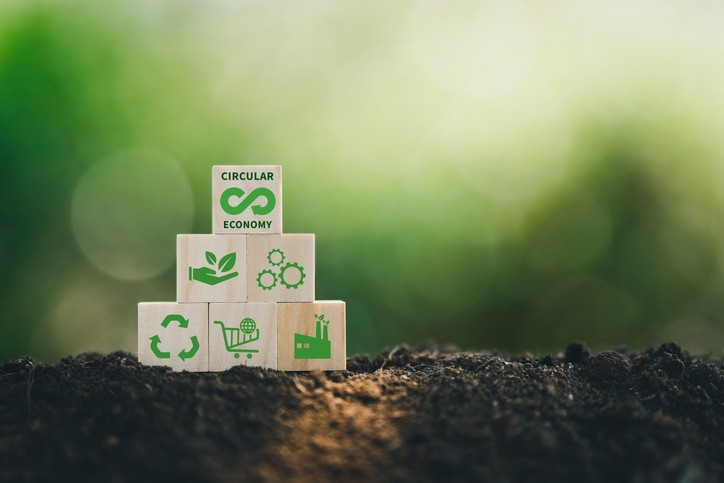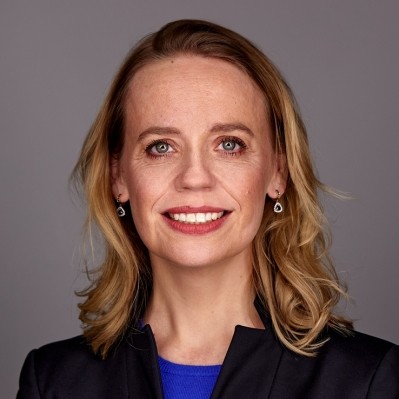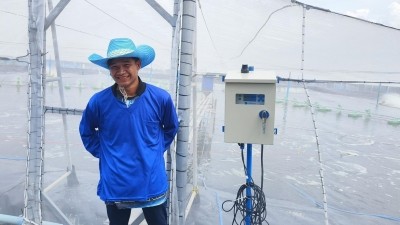Return to renderer: ForFarmers using PAPs in poultry feed

The use of such circular raw materials in feed helps close the nutrient cycle, and reduces the company’s CO2 footprint, said Joost Sparla, marketing and technical director poultry at ForFarmers.
There had been a ban on the use of PAPs in animal diets in the EU since 2001, following the BSE crisis. The ban was lifted on the use of those proteins in fish feed in 2013, and in August 2021, the EU Commission adopted a decision to amend the feed ban regulation, allowing the use of PAPs and insects in feed for non-ruminant farmed animals such as pigs and poultry.
“PAPs offer opportunities in terms of sustainability. More parties are recognizing this, but because we were quick to act, we are one of the few who can get the required and limited available supply,” explained Sparla.
ForFarmers’ sustainability strategy, Going Circular, is focused on reducing emissions and preventing losses, and PAP inclusion in feed algins perfectly with that, he said.
As rendered products, the CO2 footprint of PAPs is lower than that of the protein-rich raw materials they replace, such as soy, claimed Sparla.
PAPs are also an important source of phosphate: “Phosphate is a limited available natural resource and by using PAPS, we contribute to less depletion of these resources,” he added.
Strict rules
Despite these advantages, the reintroduction of porcine PAPs into poultry feed production has had its challenges, said Sparla.
A requirement of the EU regulation on the use of PAPs is that a mill must be completely dedicated to either poultry or pig feed, so if an EU feed manufacturer wanted to introduce pig PAPs into poultry feeds, for example, it could only do so in a plant that produced poultry feed.
“Complete separation of production lines is not easy at every location and sometimes it requires an investment that exceeds the benefits it yields. In the Netherlands, we process pig PAP in poultry feed in Zelhem and Delden, and we also process it in Rapshagen and Langförden in Germany.”
Sparla also noted that not all EU based rendering plants are able to meet the requirements imposed by EU legislation on the processing of PAPs. But he believes that will change with time, enabling a boost in supply of PAPs for application by the EU feed sector.
Market development insights
Dr Martin Alm, technical director, the European Fat Processors and Renderers Association (EFPRA), and Carine van Vuure, nutrition and regulation manager, Darling Ingredients, and member of EFPRA’s technical committee, shared insights about EU PAP market developments with FeedNavigator in February.







